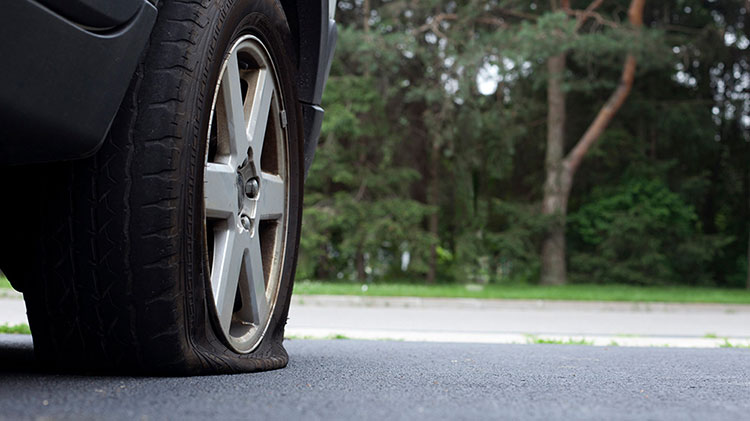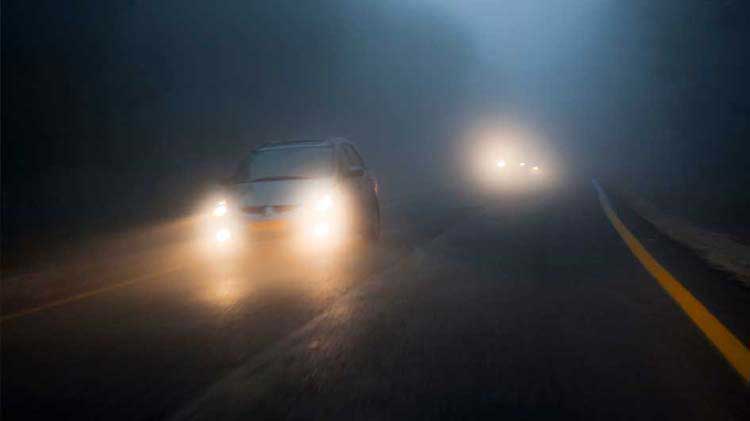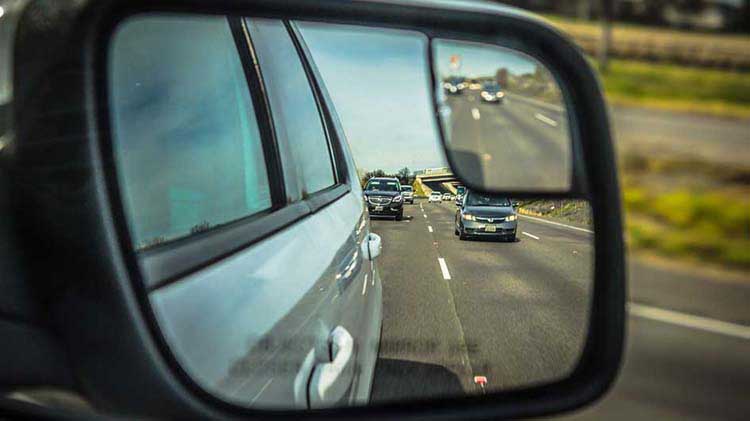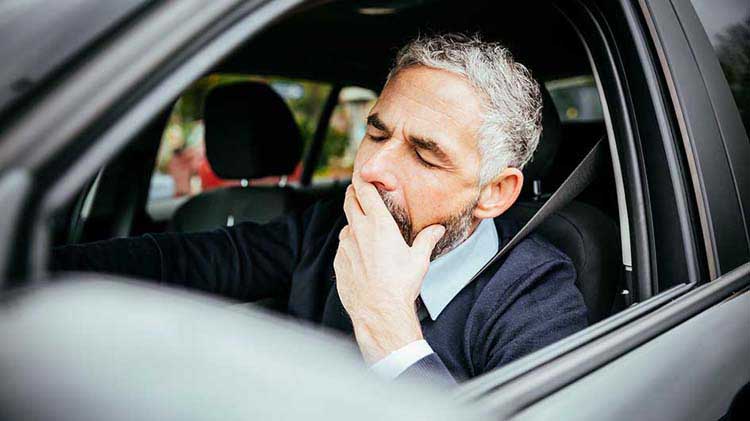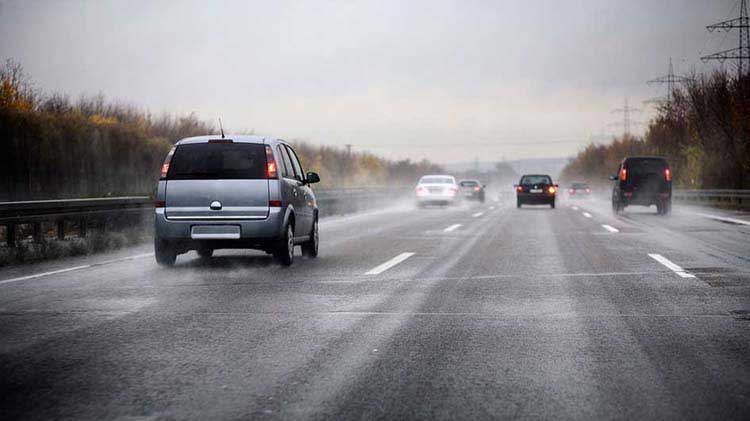Be aware of these road hazards
There are all sorts of road and driving hazards that you might experience while driving. Learn some common road hazards and how to handle them.
Driving is mostly a matter of routine: Hands at nine and three, check your blind spot, signal before switching lanes. But unexpected weather conditions or common driving hazards can pop up at any time. What do you do when faced with this list of potential driving dangers?
Animal collisions
First of all, don’t swerve. You might miss the animal but end up in another hazardous situation, such as hitting a tree or driving over an incline. Instead, brake firmly and hit your horn to try to scare the animal out of the road. If you do hit a deer or other animal, get your car out of the road and report the accident to the police.
Debris or water after a storm
High winds and torrential rain can result in hazards, including floodwaters, downed power lines and fallen branches. Don't test your luck on dangerous roads. Wires might be live (even if you don't see sparks), and even small amounts of flooding can be dangerous. In fact, a mere six inches of water may cause tires to lose traction, and even a four-wheel-drive vehicle can be carried away by a couple of feet of water. Find an alternate route or delay your travel.
Tire blowout
Resist the urge to brake, which could cause a spinout. Instead, keep heading straight (without overcorrecting if the vehicle begins listing to one side), take your foot off the gas and let the car slow down on its own. Once you drop below 30 miles per hour, gently hit the brakes and begin making your way safely to the shoulder or off on an exit. (For even more tips on driving during a blowout, check the National Highway Transportation Safety Administration website.)
Hail
If you are driving in the middle of a hailstorm, turn on your headlights and slow your speed. Then try to drive to a covered spot such as a parking garage or a gas station canopy. If that’s not possible, pull entirely off the road and angle your car so that the hail hits the windshield (which is reinforced and less likely to break than the other windows).
Heavy traffic
If you are in the middle of a long traffic jam, have a passenger find an alternate route with a GPS app that takes traffic into account. If the only way to get where you’re going is through the traffic jam, exercise patience. Tailgating or frantically switching lanes is more likely to cause a fender bender than to significantly speed up your commute.
Construction zones
You may experience several hazards of driving through construction zones. Not only are you faced with speed reductions and impatient drivers trying to beat the traffic, but there are many visual distractions. Driving past workers and their equipment close to the road, flashing lights, narrowing roadways and unfamiliar detours are some of the common road hazards within a construction zone. Remain cautious and maintain the lower work zone speed limit for your safety and workers'.
Semis and large trucks
As a driver of a passenger vehicle, make sure to stay out of the truck driver’s blind spot as this may reduce the possibility of an accident. Following too closely to a large truck can make it difficult for the driver to see you. Keep in mind, if you can’t see the driver in their mirror, then they can’t see you either. Large trucks also require additional time to reach the proper speed when merging into traffic. Use caution, slow down and leave plenty of space to allow the truck driver to merge or to swing wide in order to make right turns.
Potholes
Weather, along with traffic, deteriorates roads which can result in potholes or cracks making roadways unsafe and presenting driving hazards. When you hit a pothole or swerve to miss one, it can cause damage to the tires, suspension, engine or steering system. Striking a pothole could result in a tire blowout or rollover accident. As you drive, check your surroundings and avoid the pothole if it’s safe to do so. If it’s unavoidable, a slower speed could make it less jarring.
Pedestrians
People walking, jogging, riding a bicycle or working on their vehicle at the edge of the road present hazards to drivers. Pedestrians out at night should carry a flashlight and wear light colored, reflective clothing to help ensure they are visible to drivers. Additional pedestrian safety tips include walking on sidewalks, avoiding using earbuds or other electronic devices and only crossing streets at designated crosswalks. When driving, avoid distractions and keep your eye out for pedestrians and small children. Use caution when driving past parked cars and never pass a stopped school bus as children can quickly run into the roadway.
